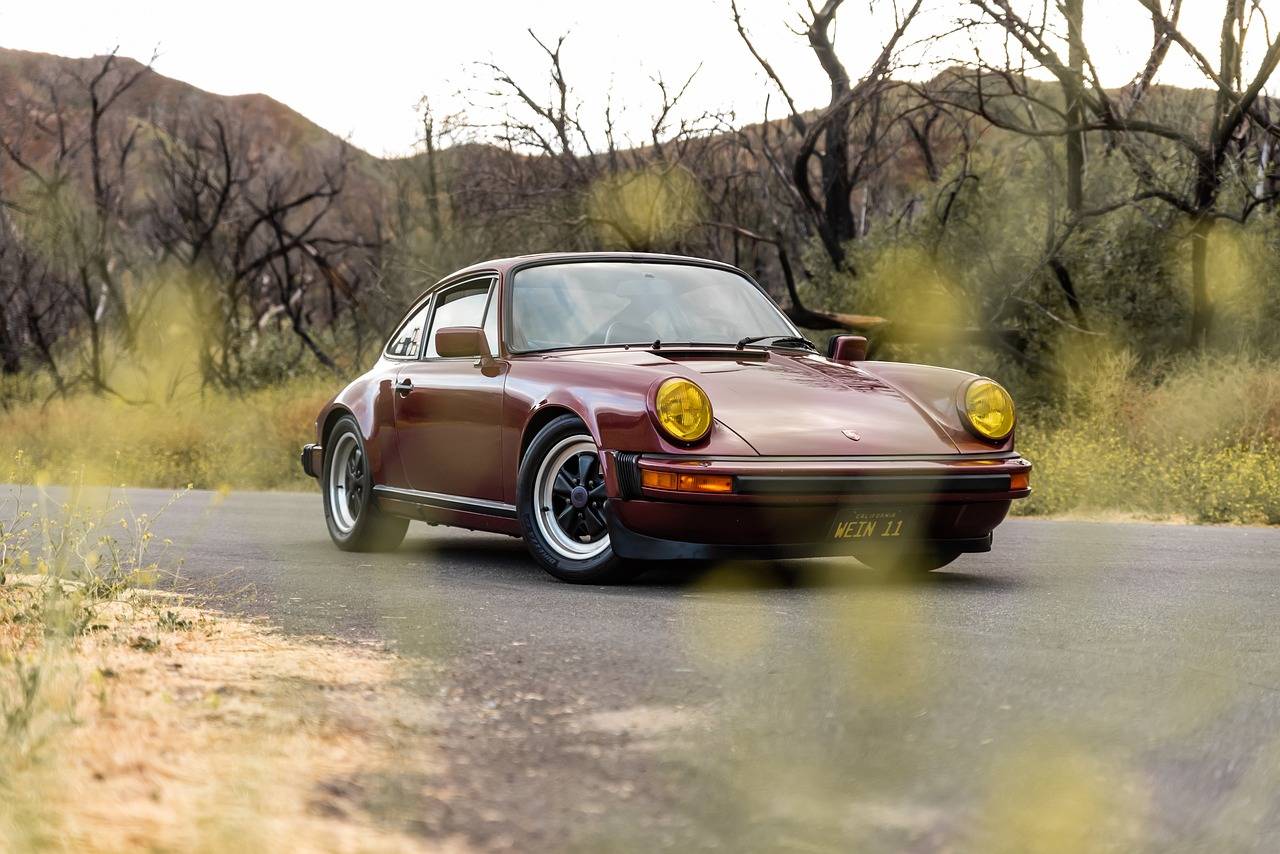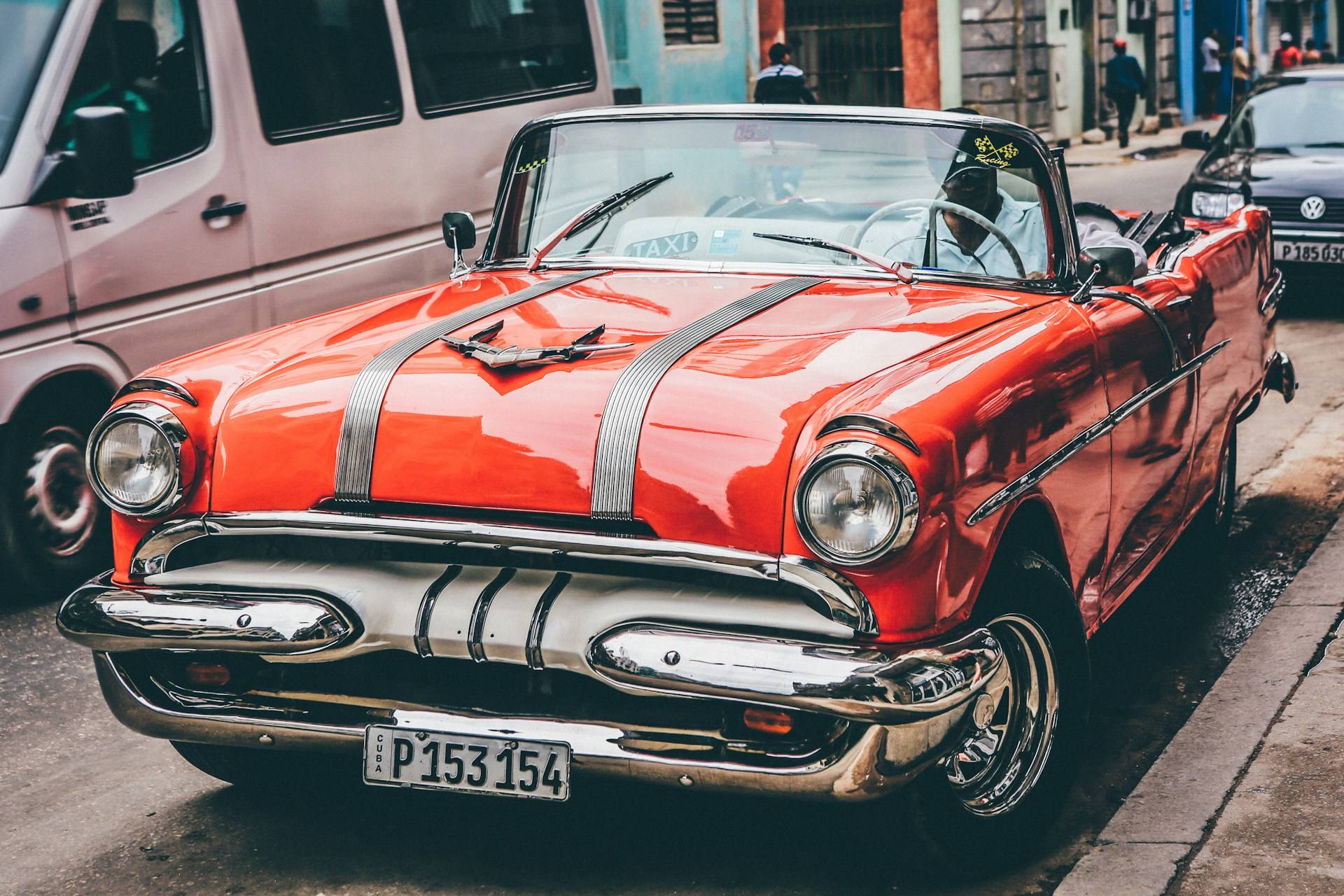Vintage cars are appealing. They conjure up a sense of nostalgia, they feature designs that look as good today as when they first hit the road, and they can provide a driving experience entirely different from that of the cars of today. But if you purchase or restore a vintage car, can it serve as an everyday driver? Here is a complete guide.
The Appeal of Using a Vintage Car Daily
Engaging Driving
Vintage cars can make the driving experience more involving and physical. You’re not isolated by gadgets and aids and feel more connected to the vehicle, which rewards the enthusiast’s skill.
Aesthetic Appeal
Daily driving, a vintage car can garner you a lot of attention. The sheer sexiness of the older designs and cars’ effortless beauty help your car stand out, while the added pride and the joy of looking at that car are difficult to quantify.
Simplicity and Mechanical Understanding
Old cars are generally much simpler and more understandable mechanically, making them more amenable to DIY maintenance and repairs by the tinkering minded.
Possible Monetary Saving
The prices of vintage cars depend on the make and model. You can find some that are less expensive to purchase than your average new car and, therefore, less derogatory in your wallet. If looked after, vintage cars can also bypass the drastic loss in value that accompanies a new car.
Challenges of Daily Driving a Vintage Car
Reliable
Vintage cars can be far less reliable than modern cars due to their age and working parts that finally gave out. Proper maintenance is important to keep a vintage car in running order.
Safety
Older cars lack airbags, ABS brakes, or crumple zones and would not fare as well in a crash.
Comforts and Conveniences
Old cars might not provide the level of comfort and convenience that one would expect from a modern car. It might need to be equipped with modern features such as air conditioning, power steering, and other luxury features such as infotainment.
Parts Availability:
You might need help finding spare parts for your old car. Some of these parts may have been discontinued, and if you want to replace them, you´ll need to go to some specialized shops or salvage yards, which can be time-consuming and expensive.
Fuel Efficiency
In the long run, older cars are more expensive as they have reduced fuel efficiency compared to newer vehicles.
Essential Considerations Before Making the Switch
Think about your commute
Is it a short, simple drive during which taking a cool, clean old car is no great issue or a long, arduous slog during which modern comforts and reliability are more of an issue?
Ask Yourself If You’re Mechanically inclined
Does the idea of working on your car itself bring you joy? If so, giving someone a dozer to play with might appeal to you more than paying someone else to play with your car should matter to you. But if a bulldozer would scare you silly and car maintenance is not your cup of tea, the cost of experts maintaining it will likely raise your blood pressure.
Insurance Premiums
The insurance costs for your vintage car will be different from the policy you have for your regular car, and it is possible that using a vintage car as a daily car might mean your premiums will go up if you are with your regular insurance provider.
Climate and weather
Does your area get particularly bad climate or weather that might affect your car’s reliability? An old car might not have the same comfort in a heatwave as a modern one, and it might be prickly and unreliable in extreme winter conditions.
Garage and Storage
The first item in this section is a locked garage or storage area. It is essential to have a safe, dry space, as direct exposure to the elements can quicken general wear and tear, requiring more frequent maintenance work.
Tips for Successfully Using a Vintage Car Daily
- Firstly, Stick with Regular Maintenance: Don’t slack on the normal routine. Keeping the engine lubricated, repairing and replacing worn-out parts, going easy on the mileage, and keeping it clean goes a long way toward a long life.
- Keep Maintenance Log: Note all repairs and maintenance. Again, this can be an easy, useful list to keep track of what’s been done—and also one that helps to sell the car later on.
- Think of Upgrades: These changes don’t have to be major. Postwar drum brakes, for example, could be added while retaining the drum’s early vintage steel design. Electronic ignition management systems and modern cooling technology could be installed without removing the car’s classic vehicle look.
- Get a Plan B: Make sure your commute is covered if your old car is in the shop so that you don’t end up stranded.
Real-Life Experiences
The question of how living with a vintage car works so can real-world experiences from enthusiasts.
Case Study 1: 1967 Ford Mustang
John, who drives his 1967 Ford Mustang daily, is a chap who lives in California and invokes the qualities driving brings, including feelings of solidarity and the way the car garners his looks.
‘Of course, it requires a lot of maintenance, and there are no modern conveniences, but I have installed new brakes – now it has modern disc brakes all the way around – and I have an electronic ignition system, and it never misfires – never.’ John says he has to be ready for any repairs on the road: ‘I have a back-up if I have a problem when I am going on a trip.’
Case Study 2: 1980 Mercedes-Benz W123
From Texas. Her daily driver is a 1980 Mercedes-Benz W123. Sarah appreciates the remarkable build quality and timeless design of the car. She enjoys driving it and takes pride in polishing its gleaming exterior. As the car is vintage, Sarah also considers it an investment. She keeps the car in a private garage, where it is protected from the weather and the elements.
She takes care of the regular maintenance by herself, while her local garage offers more specialized vintage car services. Sarah enjoys the vintage car community and meets up with fellow enthusiasts to swap tips at local car shows.
In summary
A vintage car can be a daily driver if you’re prepared to put in the time and effort to keep it on the road – and to suffer the indignity of this car’s stained, ripped, cobwebbed leather interior.
Stop fawning over those ‘soulful’ analog camera designs and go use a prototype. Enjoy the rust, scratches, and dents of your over-engined steel chariot while you can; one day, you’ll realize they’re full of character. And why not? You don’t have a self-driving car to measure up to, anyway.








Leave a Comment